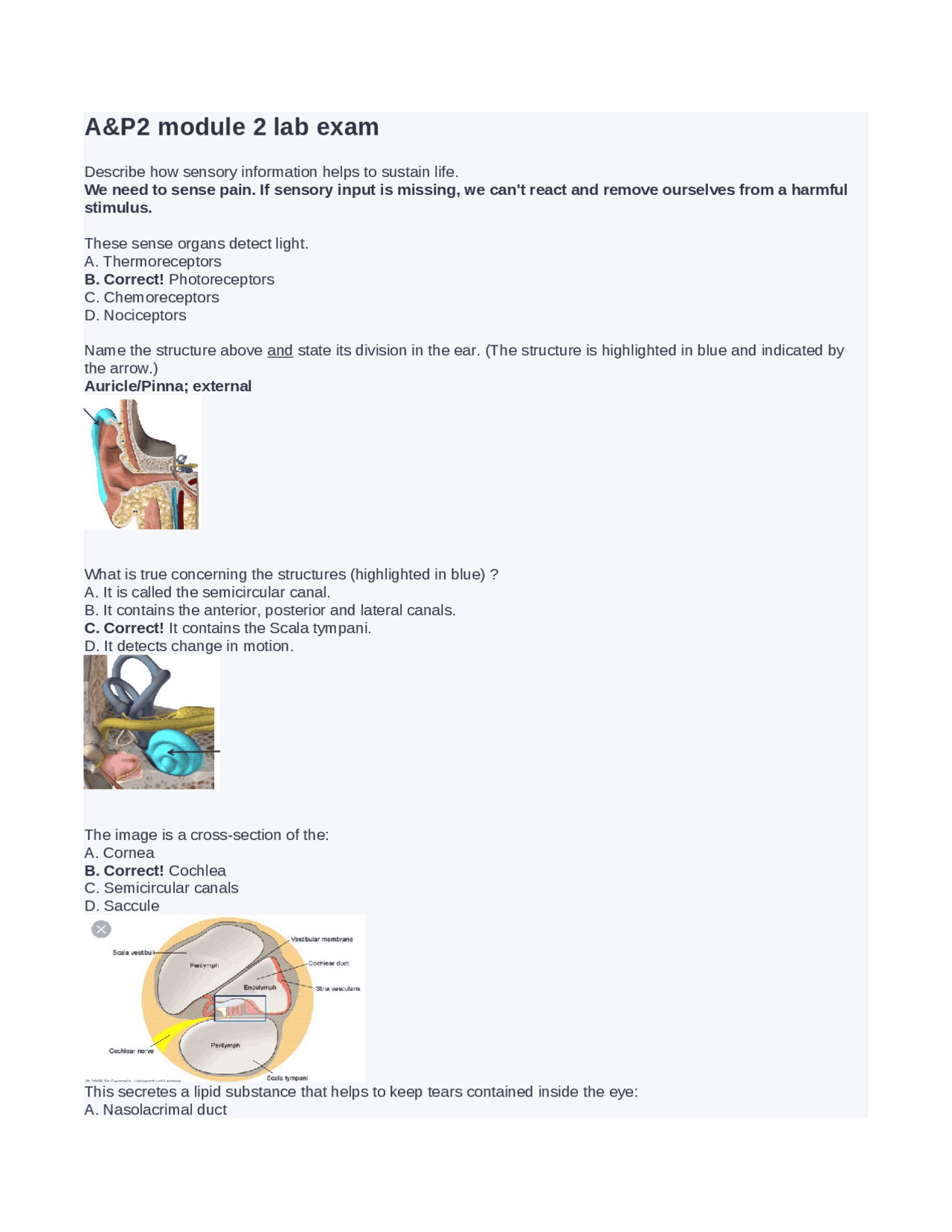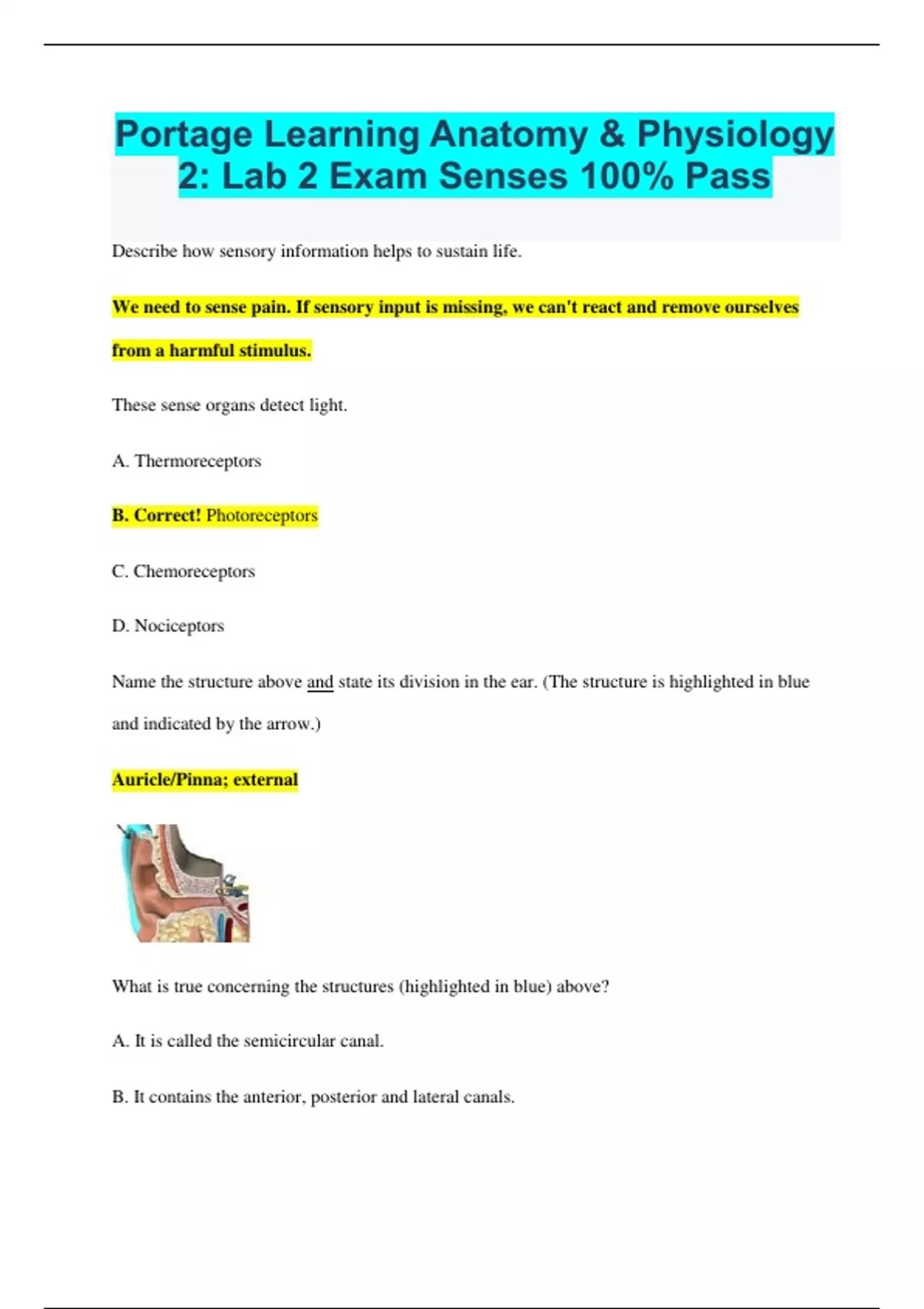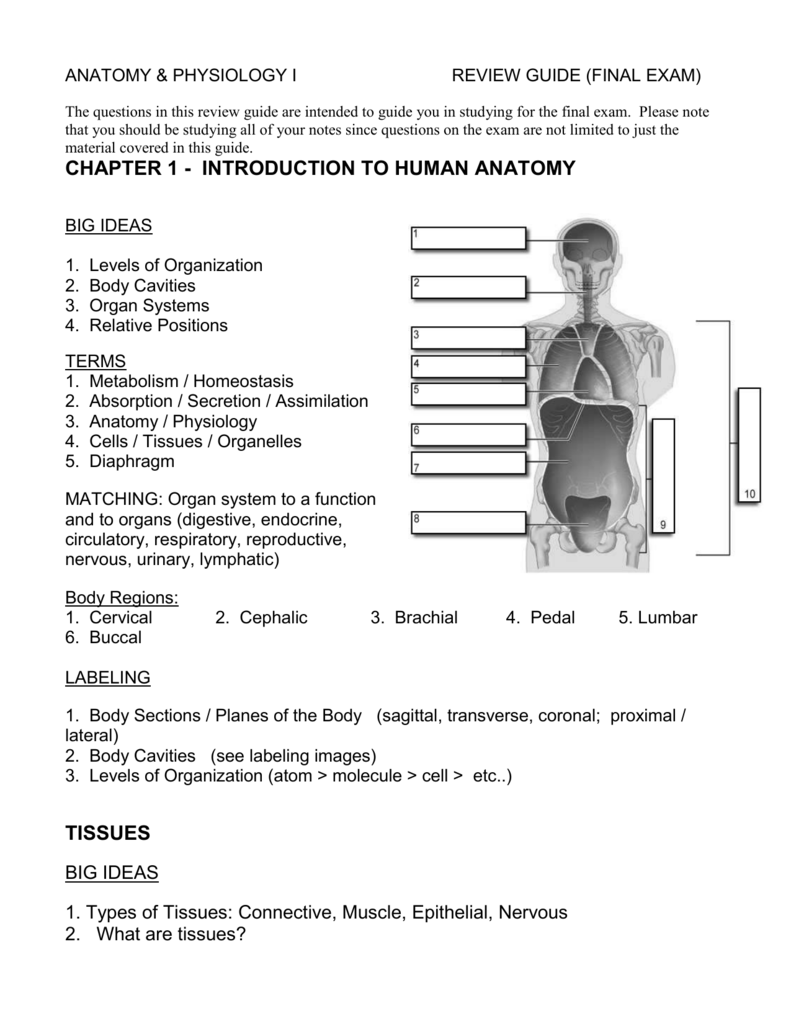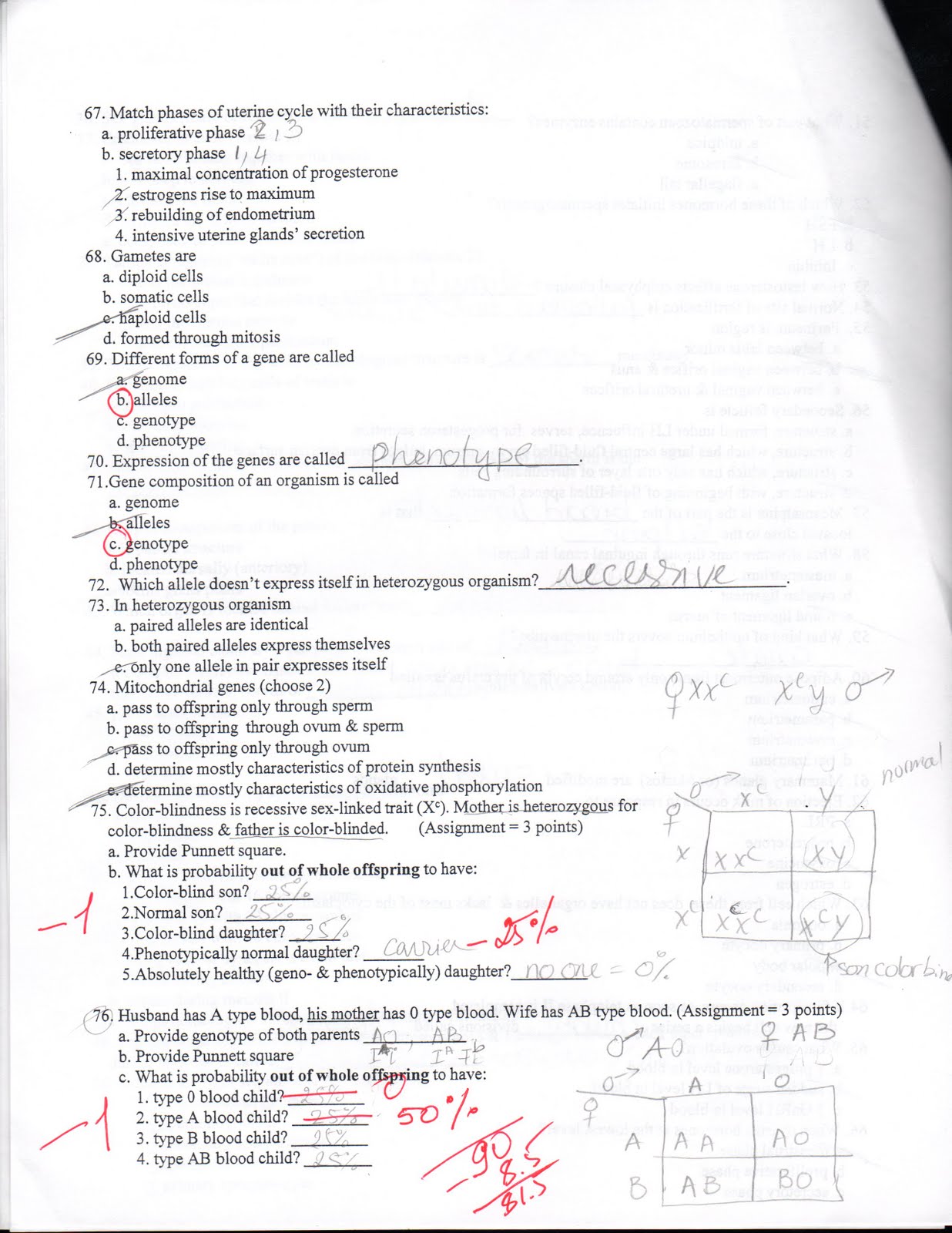Anatomy And Physiology 2 Lab Final Exam

Okay, buckle up buttercups! We're diving headfirst (but gently, we don't want a concussion) into the wild, wonderful world of...A&P 2 Lab Final Exam! Yes, that's right. The one that looms over your semester like a particularly grumpy, anatomy-chart-wielding giant.
So, You're Staring Down the Microscope?
First things first, let’s talk about what you’re likely to encounter. Think of it as a biological buffet, but instead of delicious snacks, you get tissue slides and maybe a plastic skeleton named "Boney Baloney".
The exam will likely test your skills in identifying structures. From the complex inner workings of the heart to the intricate design of the brain and spinal cord, or even the delicate dance of hormones within the endocrine system, you will know what it is.
Histology: A World of Tiny Wonders
Ah, histology, the art of looking at things REALLY, REALLY small. You’ll need to be able to identify different types of tissues under the microscope.
Epithelial, connective, muscle, nervous – they all have their own unique looks. Think of it like recognizing different breeds of dogs, but with cells! (Except hopefully, these cells won't lick you).
Dissections: Getting Your Hands Dirty (Literally)
If you had a dissection component, get ready to rumble! Remember that time you spent carefully (or maybe not so carefully) poking around a fetal pig, cat, or some other fascinating creature?
Now's your chance to shine. Be prepared to identify those muscles, organs, and blood vessels you painstakingly uncovered. May you finally find the renal artery.
The Practical Stuff: Tools of the Trade
The exam isn't only about knowledge. They might also check if you know how to use the equipment!
Things like using a microscope or knowing how to read a blood pressure monitor. So dust off those skills!
Tips & Tricks to Conquer the A&P 2 Beast
Let's not forget the tips that will lead you to success.
Study, study, study! This is the obvious one, but it’s worth repeating. Spend quality time with your notes, textbooks, and lab manuals.
Practice identification! Don't just memorize labels. Look at the actual structures, draw them, and explain them to someone. Teach your roommate (even if they don’t want to learn) and make them your students.
Sleep well! A well-rested brain is a happy brain. A happy brain remembers things, like the difference between the afferent and efferent arterioles.
Don't panic! Take deep breaths. If you get stuck on a question, move on and come back to it later. Freaking out won’t help; it’ll just make you forget where your own kidneys are located.
Remember, the goal is not to become a walking textbook. It's to learn, understand, and appreciate the incredible complexity of the human body!
This exam is challenging, yes, but it's also a testament to everything you’ve learned. Celebrate your hard work, and remember that even if you don’t ace it, you’ve still gained invaluable knowledge.
You've got this! Now go forth and conquer that A&P 2 lab final exam!


















